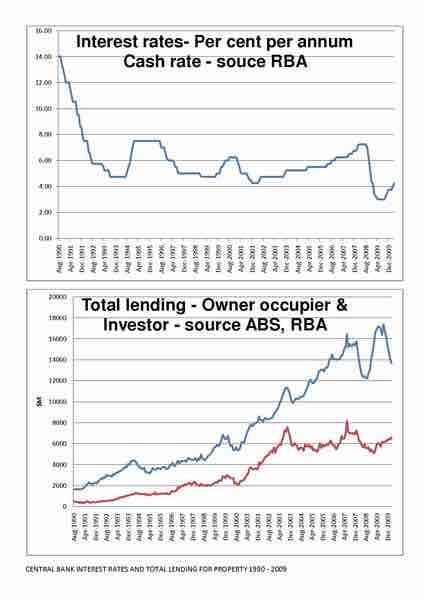Capitalizing Interest Costs
Interest is defined as a fee paid by a borrower of assets to the owner as a form of compensation for the use of the assets. It is most commonly the price paid for the use of borrowed money, or money earned by deposited funds. When an asset is constructed, a company typically borrows funds to finance the costs associated with the construction. The amount of cash borrowed will incur interest expense to the borrower; the interest paid by the borrower serves as interest income to the lender. The capitalization of interest costs involves adding the amount of interest expense incurred and/or paid during the asset's construction phase to the asset's cost recorded on the balance sheet. The asset's intended use should be for the generation of company earnings. Interest cost capitalization does not apply to retail inventory constructed or held for sale purposes.

Most of the interest paid during construction is part of an asset's cost.
Interest paid during delays in construction is excluded from the asset's cost.
Interest Costs on the Balance Sheet
The cost of interest incurred and/or paid is included as part of the historical cost of the asset under construction. No separate line item is needed on the balance sheet to disclose the interest costs associated with the asset. If any delays occur during the construction phase, the interest costs incurred during the delay are not capitalized. This interest cost is recorded as interest expense and reported as a period cost on the income statement rather than the balance sheet.
Interest Costs After Construction
When the asset's construction is complete and the asset is ready for use, any additional interest expense incurred is no longer capitalized as part of the asset's cost. This interest is expensed on the income statement and reduces income for the accounting period.